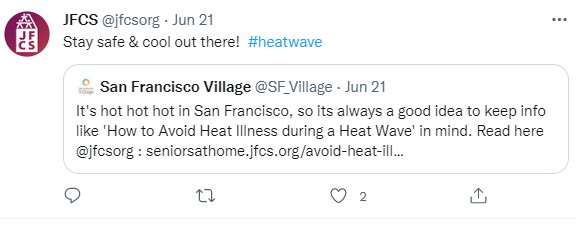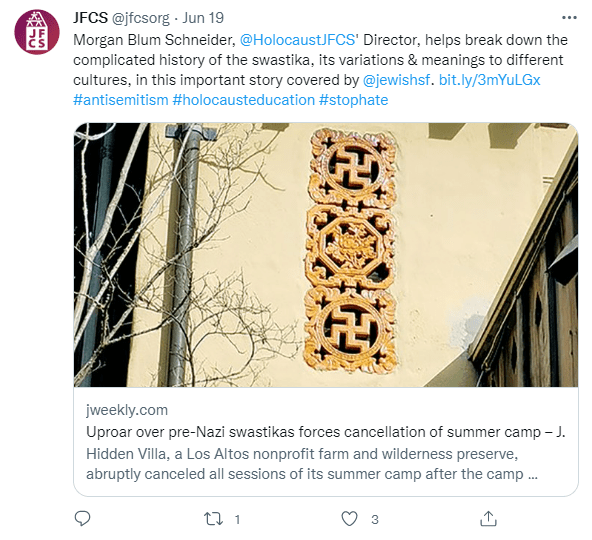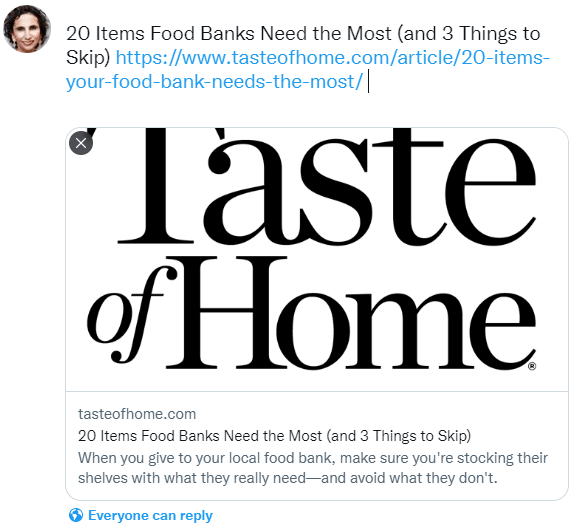 Ever heard the mantra “digital first?” It’s been around a number of years, and I’ve little doubt you’ve been pondering how to do more in the digital space. Today I’d like to suggest two simple ways to actively drive awareness and engagement online.
Ever heard the mantra “digital first?” It’s been around a number of years, and I’ve little doubt you’ve been pondering how to do more in the digital space. Today I’d like to suggest two simple ways to actively drive awareness and engagement online.
1. Influence Others to Build Your Network
One simple way is to become a thought leader. An authority. A trusted resource. When you position yourself as “in the know,” people will pay attention. Especially if you offer evidence for your knowledge, wisdom and trustworthiness.
Some folks may remember the old advertising adage: “When E.F. Hutton talks, people listen.” Today, this adage is regularly applied to a certain kind of actor in the digital space. We call this actor an “influencer.”
How to Become an Influencer
(1) The first step is to consider what you’d like to be an influencer in.
- What speaks to your vision, mission and values?
- What speaks to what is top of mind for people likely to be, or become, your constituents?
- What plays to your strengths and passions?
You don’t have to lead on every possible subject at all times. Pick one, two or three at a time.
EXAMPLE 1
This comprehensive social service agency recently chose to put forward their history and expertise in refugee resettlement. Sure, they offer senior services, children’s services, individual emergency food and shelter, and more. But they knew, at this particular point in time, people were scouring the digital space to find out who was helping people in Ukraine. People may not think of them in this regard, unless… they let folks know not only what they’re doing now, but also the long history they have as experts in this field.

EXAMPLE 2
The same agency also put forward expertise in other relevant areas. For example, today people are looking for help dealing with the fallout from climate change.

EXAMPLE 3
The same agency understood the resurgence of hate crimes that has led people to look to help reduce violence, bigotry, antisemitism, racism, sexism and more. They have expertise in this area, and are uniquely positioned to be an authority and influencer.

(2) The next step is to consider what social platform you will use.
- Each social media platform has its own demographic characteristics.
- It all comes down to where your target constituencies hang out. If you don’t know, consider sending a survey to ascertain this. If you surveyed people a while ago, do it again. In 2014, each person had approximately 4.8 social media accounts. In 2022, there were 6.6 accounts per person.
- Generally, the most used platforms for influencers are Instagram, TikTok, Facebook and YouTube. But folks definitely use Twitter and LinkedIn a lot too. Does your nonprofit have profiles on these networks?
(3) The final step is to consider whether you are equipped to put your best foot forward on the networks you choose.
- Did you know short videos are the current preferred format?
- Are you equipped to videotape yourself?
- How will you record and edit your video?
- What graphics will you use?
- What tools do you need to become a savvy digital marketer?
- What trends on social media do you need to know about?
Don’t say you can’t do this because you don’t have the skills. You can get them!
And you really should prioritize getting these core skills because, in today’s competitive marketplace, you’re not going to be able to live without them.
Empower your nonprofit with skill sets you’ll need for the future. Not to mention today.
2. Use Your Networks to Influence Others
Simply building greater numbers of followers doesn’t necessarily equate to larger influence.
Not all followers are created equal.
Some followers will have greater reach and connection with their networks. These folks are called influencers.
Not all influencers are created equal.
This is true generally, as well as specific to your nonprofit.
General Hierarchy for Types of Influencers
Generally, those who have the most influence tend to be household names. They’re defined by the size of their following. When they speak, a lot of people listen. But keep in mind their followers may be much more interested in listening to them when a new concert tour or eye shadow color is being promoted than when they say “I like XYZ charity.”
- Celebrities (Mega Influencers with 1+ million followers)
- Macro influencers (500K – 1 million followers)
- Middle tier influencers (50K – 500K followers)
- Micro influencers (10K – 50K followers)
If you’re going to hitch your star to an influencer based primarily on size, keep in mind they may not be active across all social platforms (including the ones you and your followers most use), and they may not carry the same influence throughout every platform they’re active on. They also may not carry much influence with your particular demographics.
Specific Hierarchy for Types of Influencers
Certain types of niche authorities will have greater influence than others on people likely to become more engaged with your nonprofit. They’re known as affinity influencers. And collaborating with the right influencers is all about determining audience fit.
Your goal is to match your brand with influencers who create content in the same category as your area of expertise and strength.
EXAMPLE:
When I worked as Director of Development and Marketing at the San Francisco-Marin Food Bank, we found the best carriers of our online messages were local Mommy Bloggers and Food Bloggers. They were a good fit for our mission. The former really cared about child nutrition and healthy development. The latter cared about all things food related, including elimination of food deserts and assuring everyone in our community had access to nutritious meals. Below, find a post one resident food blogger encouraged her followers to read and share:

Clarify Your Goals
Always, always, always ask this question:
What will success look like for us?
Beware of the tendency to simply report to your boss the fact you engaged X influencers, each with XXXXX+ followers, who shared your message monthly.
So what?
What are your objectives?
Unless you know what you’re aiming for, it’s impossible to measure success. And if you can’t measure success, you’re simply working. As opposed to working smart, and towards a meaningful end.
- Do you simply want visibility?
- Are you targeting engagement with your nonprofit brand?
- What type of action response do you seek?
- What numbers are you aiming for?
- What’s your target market for awareness building, engagement and/or action?
- How will you measure whether you’ve met your objectives? For example:
- X percent increase in donations and/or dollars
- X percent increase in sales numbers and/or dollars
- X number of volunteer sign-ups
- X shares of advocacy initiatives
- X increase in event participants
Influencer marketing is now considered a key advertising strategy.
Want to get your year-end messaging out to more people? The time to commit to this fruitful strategy is now. Everyone knows it, except nonprofits. In fact, 66% of for-profit brands are expected to increase their budget in influencer marketing because… drumroll… they have seen the true value of social media influencers.
Did you know if you have more than 100 social followers, you’re an influencer? And, many of your followers are also influencers. So, you don’t have to be ginormous to get on board. If you’d like more help on this, I found this presentation with Josh Hirsch, Julia Campbell and Dana Bakich useful: How to Launch a Grassroots Micro-Influencer Campaign. One of the things you’ll learn is how to find your influencers by using the affordable Surf (previously Social Rank) and Mighty Scout (used by those who previously used People Map). Time to jump on the bandwagon!
Need More Help with Year-End Strategy?
Grab the Year-End Fundraising Solution Kit! From mid-November through December 31st many nonprofits will raise up to 40% of their total annual campaign goal. And a full third (33%) of December gifts occur on the 31st of the month! So take a bit of time, now, to make sure you’ve got all your ducks nicely lined up. You’ll get 63 pages of practical tips to assure this year’s campaign is your best ever.
If you’re unhappy for any reason, you have my no-questions-asked, 30-day, 100% refund guarantee. To your success!





